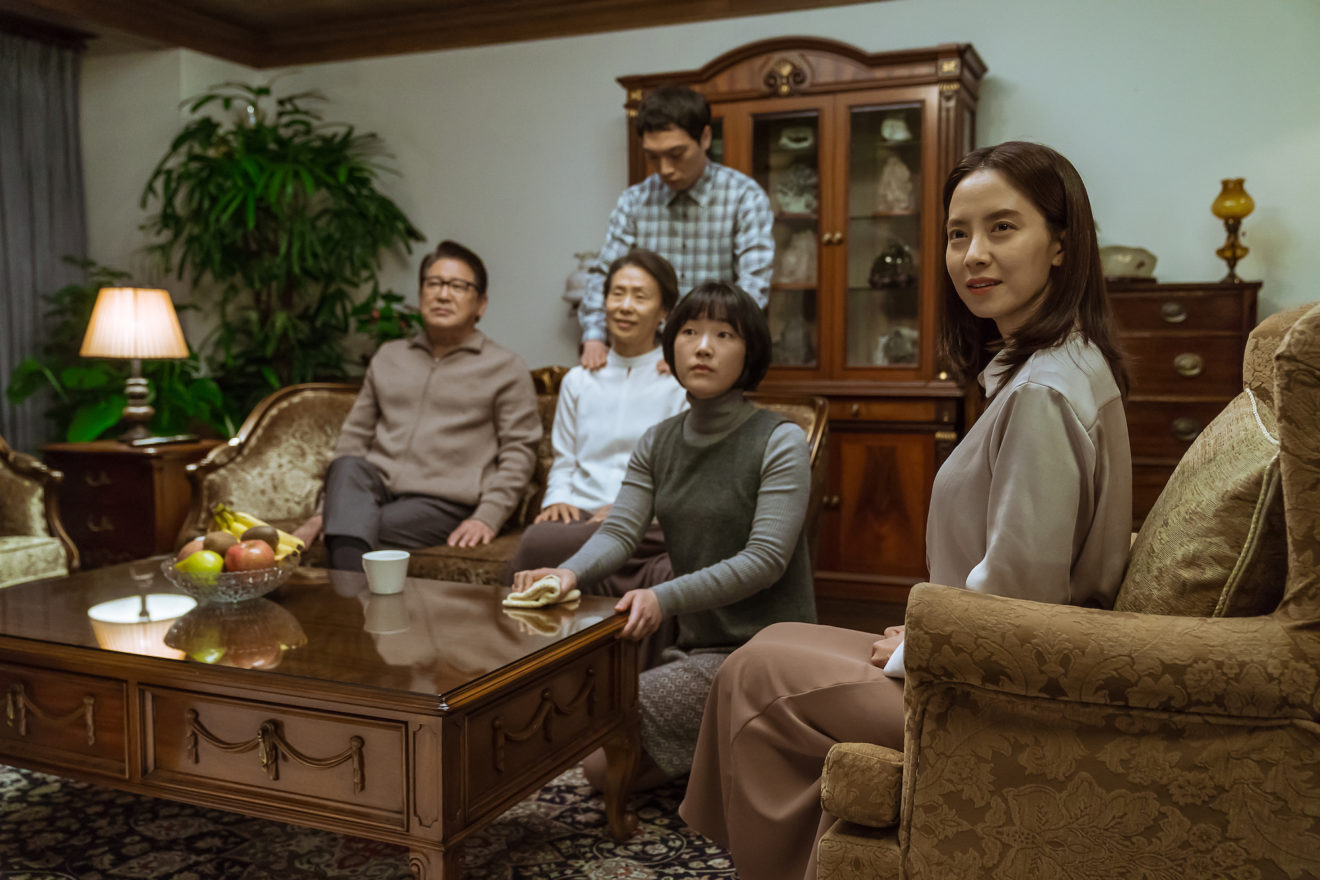

The movie does a good job of contrasting between Seo-jin's skepticism and doubt over his sister and Yoo-jin's mysterious behavior and double-faced expressions during the first half of the film.

He starts to uncover Yoo-jin's secret to save his family but faces a backlash as his family accuses him of harboring groundless suspicions toward his genial, lovely sister. She takes over the family, replacing the long-working housekeeper with her acquaintance, while his parents and daughter become remarkably weaker. Seo-jin feels uncomfortable with Yoo-jin's outgoing but cryptic behavior, but his parents and his 6-year-old daughter instantly welcome and accept her as family as if they are bewitched by her.Īs time goes by, Seo-jin grows suspicious about his sister, who refuses to disclose what she did over the past 25 years, and he gradually begins to stay away from home. Yoo-jin is friendly and nice with Seo-jin and his parents, who have been longing for the return of their only daughter for decades, from the beginning even though she has no memories of the day of her disappearance.

While staying busy with a big-budget project at his company and receiving psychotherapy, he gets a call from a social welfare agency that it has found his missing sister, Yoo-jin (Song Ji-hyo). And he also feels guilty after he lost his younger sister 25 years ago because of his mistake. Seo-jin, played by Kim Mu-yeol, is a popular architect who suffers from psychoneurosis after he witnessed his wife's death in a car accident six months ago. Just make sure the front door is locked before you start reading.A scene from "Intruder" by Acemaker Movieworks, provided by the company (PHOTO NOT FOR SALE) (Yonhap) So here are some of the most tense, shocking, and terrifying home invasion movies ever made. Others take the conventions and put their own spin on them, throwing in gimmicks and twists to keep audiences guessing.īut in all cases, the scares ultimately come from the same, terrifying place: In short, as long as people have homes, we'll be watching them get invaded on screen.

Some use it as part of a wider story rather than the entire focus, building up to home invasion scenes or using them to develop the plot or characters. Of course, not all films that use home invasion are as simplistic as that. This is the one sub-genre that can actually be even more effective when watched at home than in a theater, the claustrophobia of that single, enclosed setting creating some incredibly effective and terrifying movies. It's quick and cheap to make, and let's face it, the economics of the horror genre are what has made it such an attractive arena for so many cash-strapped filmmakers over the decades.īut while there are many terrible home invasion movies that offer little more than this set-up, it's this very simplicity that also makes it so effective. In its most basic form, all that is really needed are two characters and one location-a home, its owner, and an invader. On a purely practical level, it's easy to see why writers and directors are so drawn to these films. The idea of very bad people entering our homes with the intent of doing very bad things to us is one that horror filmmakers have returned to again and again over the years, and no matter how many times we see a similar story play out, it continues to be an incredibly potent viewing experience. It's a sub-genre that uses an incredibly straightforward premise and yet taps into the most primal fear for so many of us. There are few types of horror film more simple, yet more scary, than the home invasion movie.


 0 kommentar(er)
0 kommentar(er)
